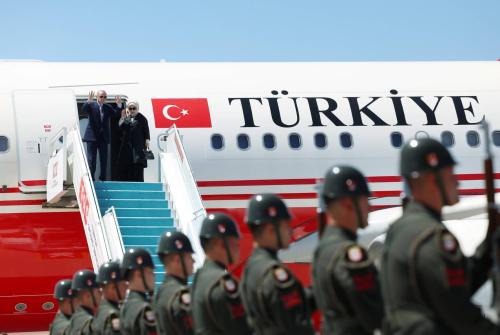INTRODUCTION
Since 2001, about 4,700 American servicemen have given up their lives in Iraq and Afghanistan. The cost of the wars and reconstruction in Iraq and Afghanistan is estimated in the range of $1.2 trillion to $3 trillion. And still the United States has failed to invest the modest sum of about $350 million annually that is critical to creating a civilian capacity to lead, plan and implement stabilization and reconstruction missions, which are fundamental to winning the peace.
Such investment in peace-building would not eliminate the high cost of reconstruction after military conflict. But it would help ensure that such funds are used effectively, which can in turn save lives, shorten military interventions and increase the prospect that military and peacekeeping interventions around the world produce the desired outcome: sustainable peace.
The need for an effective peace-building capacity is not just a Bush-era anomaly created to enable “preemption planning” and “regime change” operations. Rather, it responds to an emerging recognition that weak and failed states can destabilize entire regions, draw external actors into conflict, and become a base from which to project instability even to other continents, as we saw on September 11, 2001. In their study, “Military Expenditure in Post-Conflict Societies”, economists Paul Collier and Anke Hoeffler note that some 44 percent of countries recovering from civil war face the risk of renewed conflict within the first five years of reaching a peace agreement.
The Brookings Institution is committed to quality, independence, and impact.
We are supported by a diverse array of funders. In line with our values and policies, each Brookings publication represents the sole views of its author(s).



Commentary
Investing in Peace: From Rhetoric to Operational Capacity
January 7, 2009